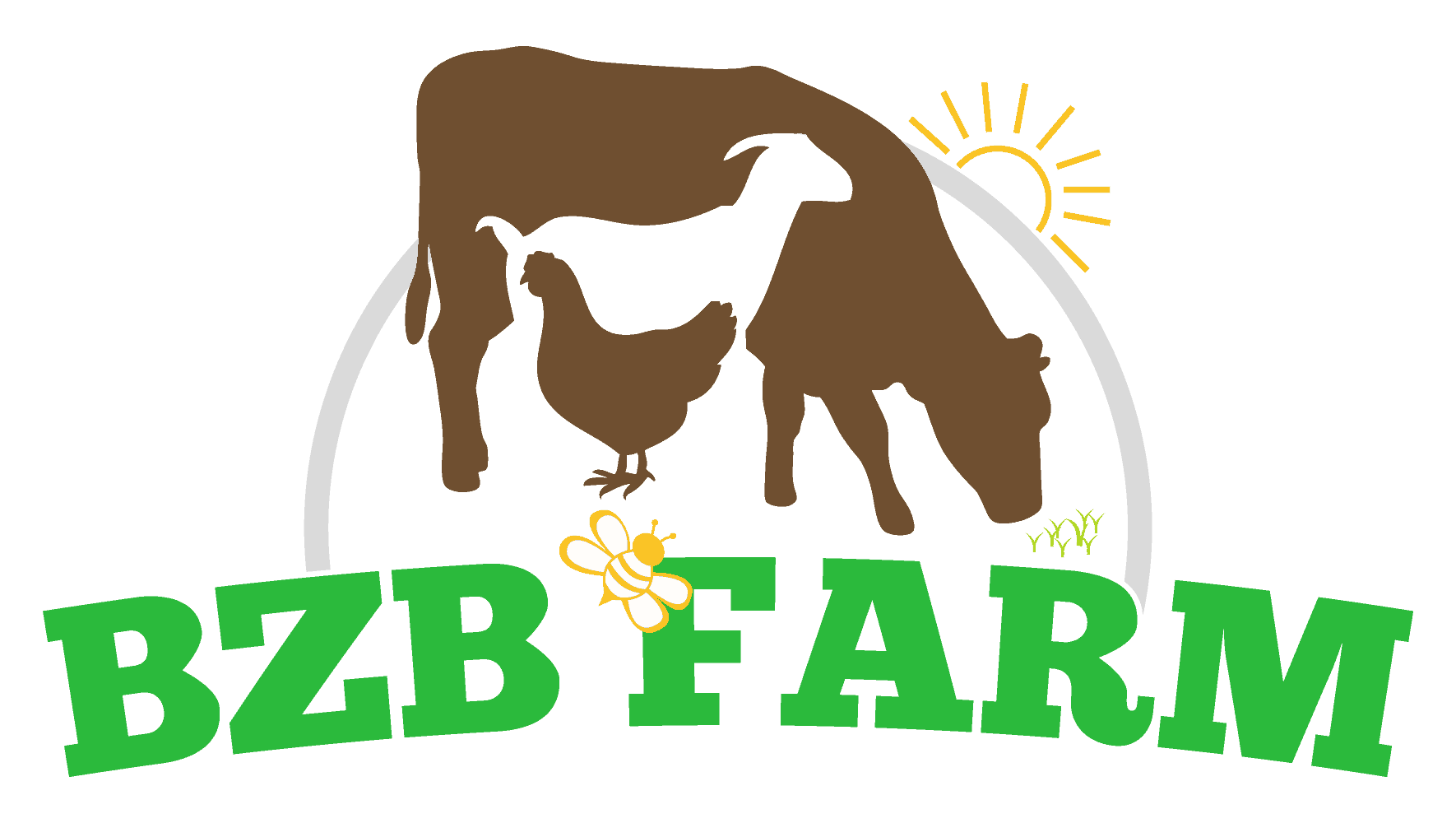So, even with a couple dozen chickens the manure seems to pile up quickly! Add to that a few active rabbits and some cud chewing calf’s and you’re stepping in ‘crap’ at every turn (literally)!
We’ve started a compost pile some time ago and probably haven’t managed it quite right or we’d be able to start using some of it, however now we’ve got ample manure to add to the pile. In general you want to add approximately equal parts ‘green’ and ‘brown’ parts. Ensure you have plenty of air and water so the microbes can thrive and in about six to nine months you’ll have a gold mine of fertilizer!
| Green | Brown |
| Grass clippings | Straw |
| Food waste* | Leaves |
| Manure | |
* It’s important to note that food waste shouldn’t contain meat or diary – as usually that will rot and just provide a stink pile!
When adding manure, it’s probably a good idea to have had your soil tested so you can add the right amount and right kind of manure to give you the best mix, for us we mix it all in together and use it sparingly. Home grown or commercial fertilizer that is used in excesses can run off into the water system and pollute other areas, not to mention burn your plants and make soil to ‘hot’ to grow anything in for some time.
Bellow are the average percentages of nitrogen, phosphorus, and potassium (N-P-K) commonly found in animal manures.
| Manure |
N |
P |
K |
| Poultry | 1.8 | 2.7 | 1.5 |
| Dairy cattle | 0.5 | 0.2 | 0.4 |
| Beef cattle | 0.5 | 0.3 | 0.5 |
| Swine | 0.3 | 0.4 | 0.2 |
| Sheep | 1.1 | 0.4 | 1.0 |
| Horse | 0.6 | 0.2 | 0.4 |
Source: Pennsylvania State University
When you make your compost pile it’s important that it is big enough, you have enough moisture, air, and mix of material that it heats up! That is the important part of the process – otherwise it rots and stinks or just dries up – neither good for your soil as a fertilizer.
Here are a few troubleshooting tips for composting from calrecycle.ca.gov
| Troubleshooting | ||
| Symptom | Problem(s) | Solution(s) |
| The pile smells bad | Not enough air | Turn the pile if not enough air |
| OR | ||
| too much moisture | Add dry materials if too moist | |
| The pile will not heat up | Not enough moisture | Add water if dry |
| OR | ||
| Pile size is too small | Build pile to at least 3′ x 3′ x 3′ | |
| OR | ||
| Lack of nitrogen-rich material | Mix in fresh manure, grass clippings or fruit/vegetable scraps | |
| OR | ||
| Particle size is too big | Chip or grind materials | |
| The pile attracts flies, rodents, or pets | Pile contains bones, meat, fatty or starchy foods, or animal manure | Alter materials added to pile; bury fruit/vegetable scraps in the middle of the pile, or under 8" to 10" inches of soil, or compost them in a worm bin. |
| Pile has slugs in it (and so does garden) | Pile is easily accessible and provides daytime hiding place and breeding ground for slugs | Remove slugs and slug eggs from pile (eggs look like very small clusters of pearls). Locate compost pile far from vegetable gardens and/or create barriers around pile/garden (traps, copper flashing . . . ) |
